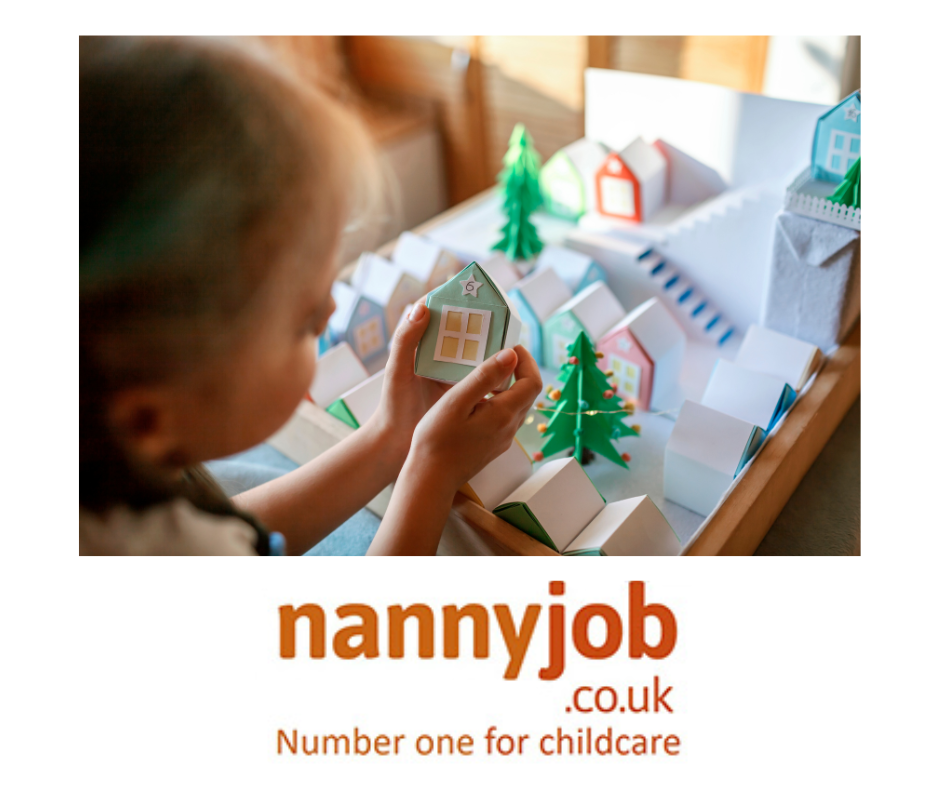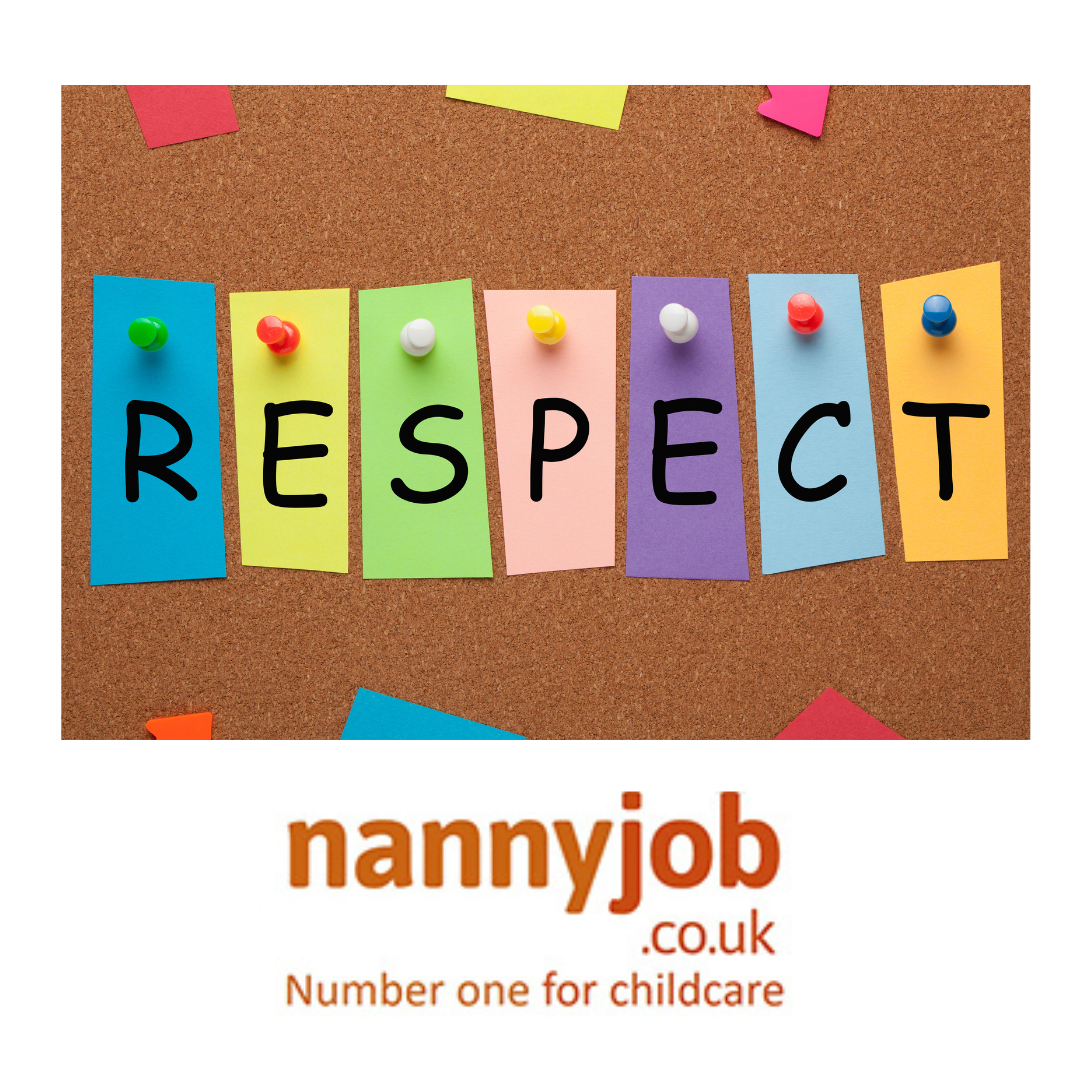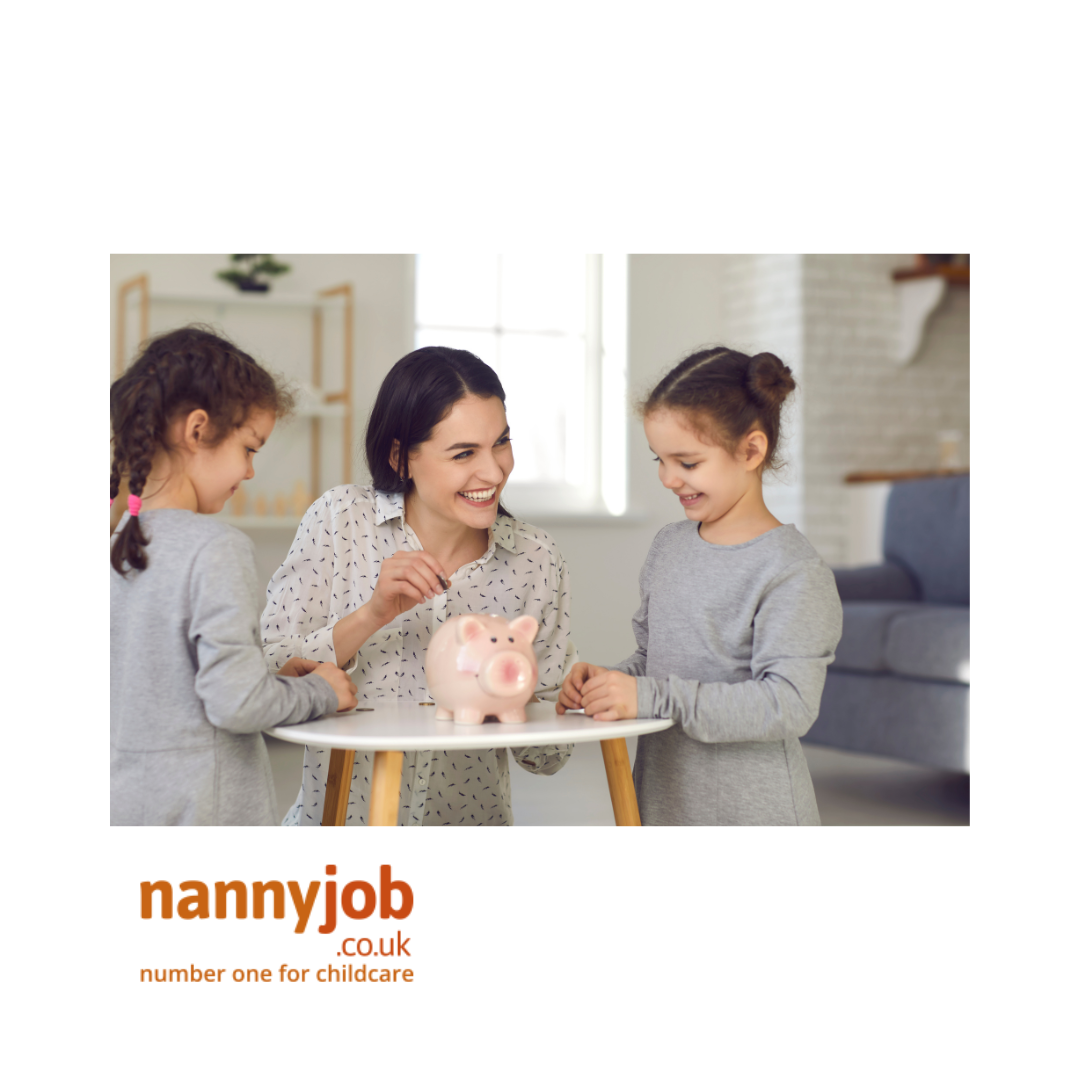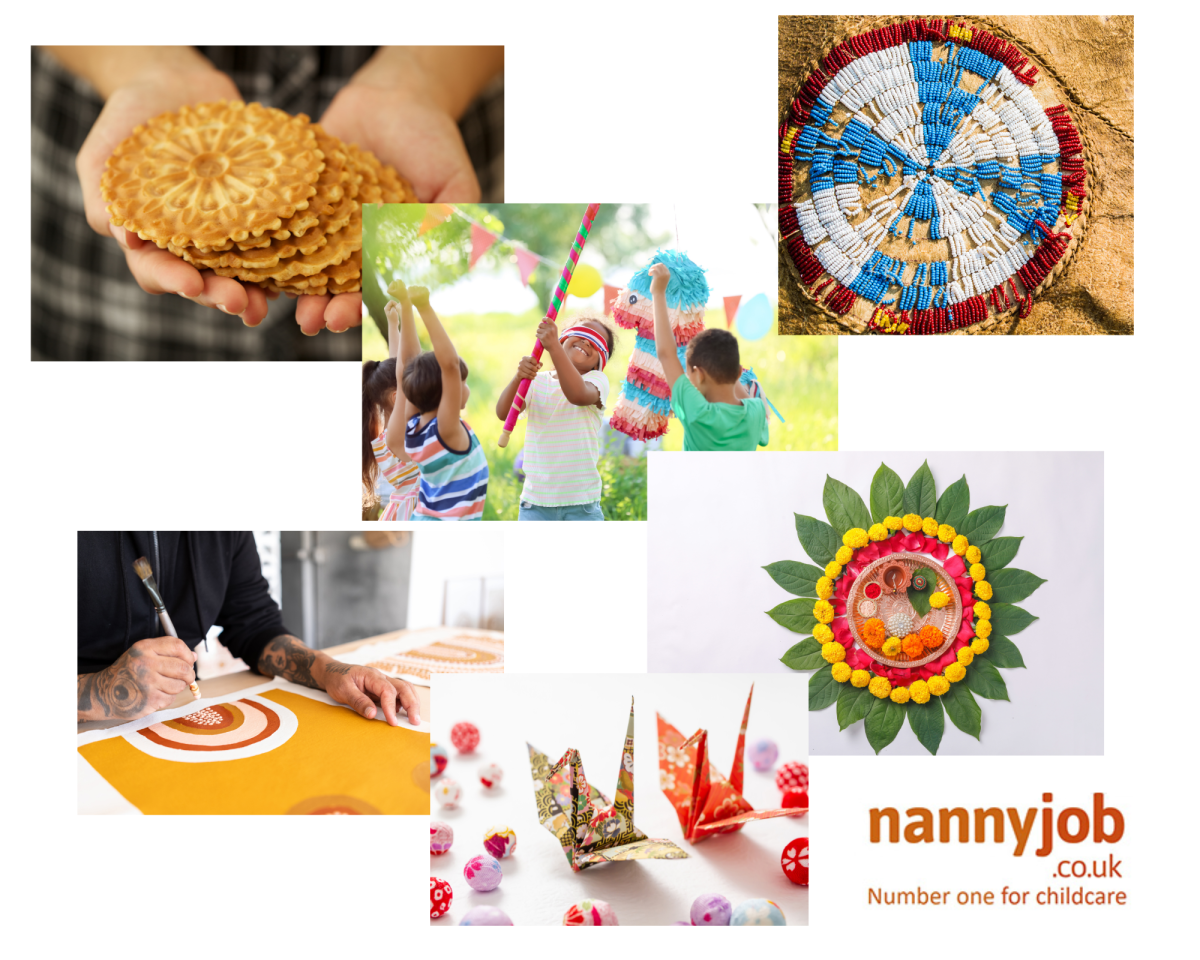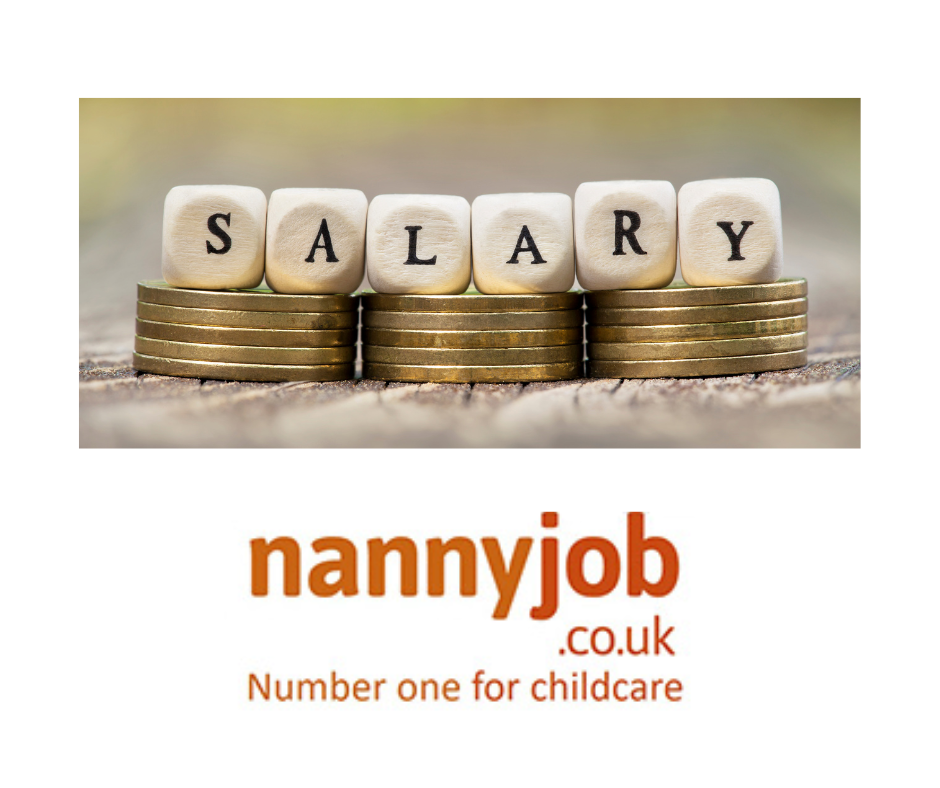With the holiday season in full swing, it’s the perfect time to get creative in the kitchen with some healthy and delicious Christmas snacks for children. Whether you’re a nanny, parent, or caregiver, these festive snack ideas are sure to delight the little ones and provide a nutritious twist to the holiday treats.
1. Fruit Christmas Trees:
Create a fun and festive snack using slices of kiwi stacked to form a Christmas tree. Add raspberries or strawberries as ornaments and a piece of star fruit at the top.
2. Santa Claus Strawberries:
Dip strawberries in Greek yogurt to create a ‘Santa hat’, and use chia seeds or mini chocolate chips for the eyes. It’s a simple and sweet treat that’s also good for them.
3. Snowman Cheese Sticks:
Wrap cheese sticks in clear plastic and draw a snowman face with a permanent marker. It’s an easy and fun way to add a festive touch to a simple snack.
4. Reindeer Rice Cakes:
Spread almond or peanut butter on rice cakes and use pretzels for antlers, raisins for eyes, and a red grape or cherry tomato for the nose.
5. Veggie Wreath:
Arrange broccoli, cherry tomatoes, and yellow bell peppers on a plate to form a Christmas wreath. Serve with a bowl of hummus for dipping.
6. Gingerbread Smoothies:
Blend bananas, Greek yogurt, a dash of cinnamon, ginger, and nutmeg to create a smoothie that tastes like gingerbread but is packed with health benefits.
7. Apple Slices with Festive Dips:
Serve apple slices with red and green colored dips made from yogurt or blended berries for a healthy and festive snack.
8. Popcorn Snowballs:
Make small popcorn balls using air-popped popcorn and bind them with a bit of honey. Add a dusting of powdered sugar for a snowy effect.
9. Christmas Tree Pita Pizzas:
Cut pita bread into Christmas tree shapes and top with green pesto, chopped veggies, and cheese. Bake until the cheese is melted.
10. Cucumber and Carrot Reindeers:
Use slices of cucumber and carrot sticks to create reindeer faces. Hummus or cream cheese can be used to stick on raisin eyes and a cherry tomato nose.
These snack ideas are not only healthy but also incredibly fun to make and eat. They are sure to bring some extra joy and nutrition to your little ones’ holiday season!

